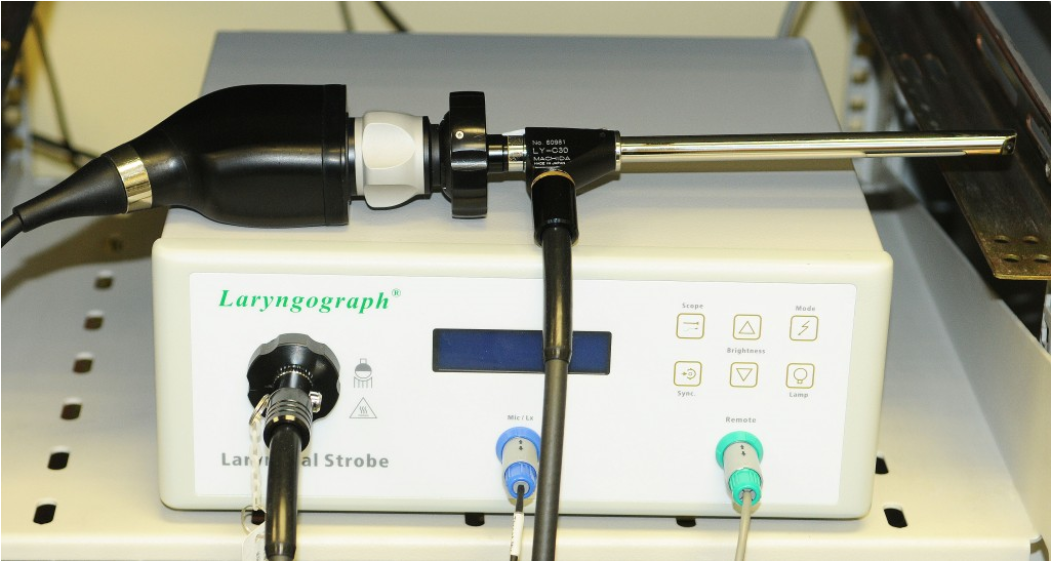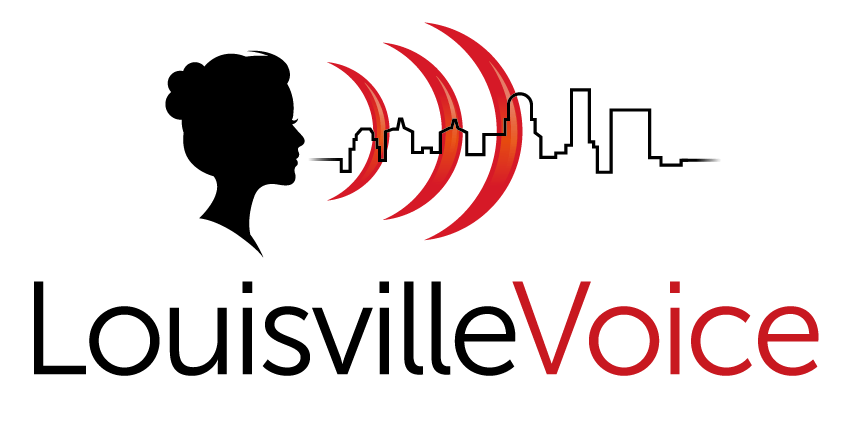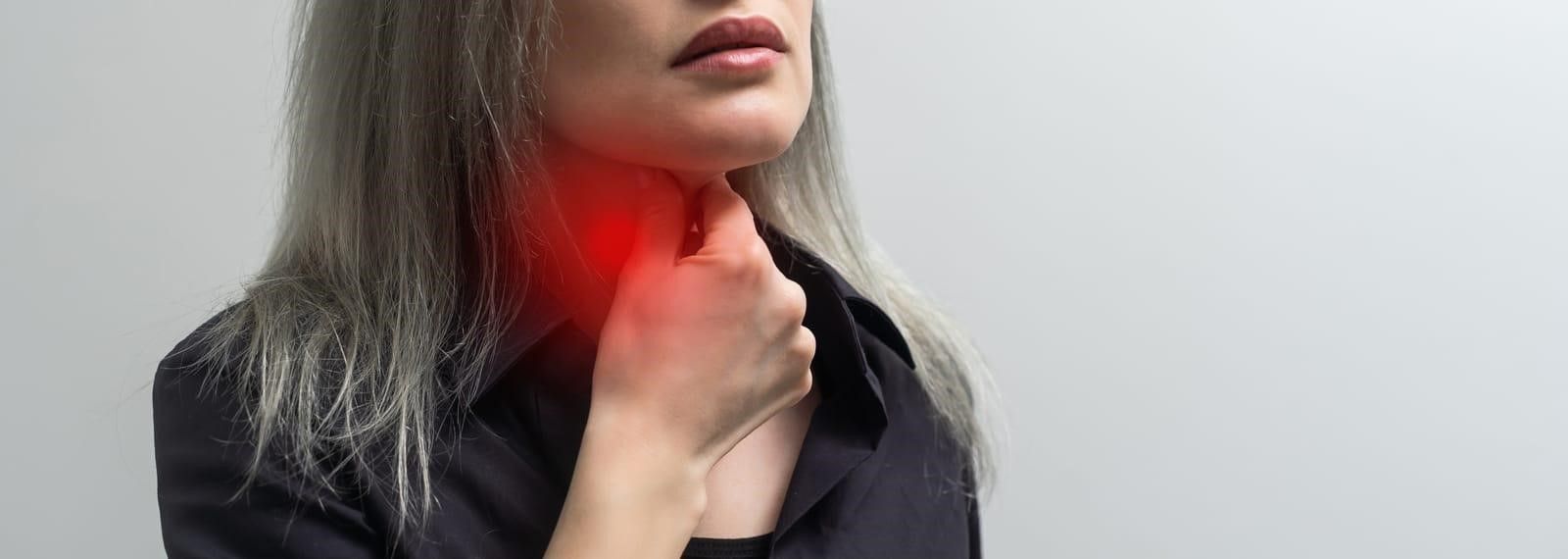What Is Vocal Cord Paralysis?
Vocal cords and tiny flexible muscles inside our voice box (or larynx). They open while breathing and close tightly while swallowing. While speaking or singing, they close, and the lungs send air through them, making them vibrate and produce sound. They are vital for speech, breathing, and swallowing. When one or both the cords remain immobile, it is termed vocal cord paralysis.
Read on to learn more symptoms of vocal cord paralysis and treatments.
Bilateral vocal cord paralysis:
When both the vocal cords are paralyzed, they can remain close together, narrowing the airway and making it difficult to breathe. Some patients may have noisy breathing (stridor). The vocal cords may also have compromised protective functions of preventing food, drinks, and saliva into the lungs.
Paralysis of both vocal cords is more serious than a single cord paralysis.
Unilateral vocal Cord paralysis:
Different symptoms include:
● Hoarse or breathy voice
● Vocal pitch loss
● Failure to speak loudly
● Need for frequent stops to breathe while speaking
● Frequent cleaning of the throat or feelings of phlegm in throat
● Ineffective cough
● Recurrent aspiration
Causes of vocal cord paralysis:
- Nerve damage during surgery near the neck or upper chest or thyroid or parathyroid gland or esophageal surgery.
- Viral infections
- Some types of cancer
- Injury on the neck or chest, which causes trauma to the nerves serving the vocal cords/voice box
- Intubation with a breathing tube
- There is a possibility that a stroke can cause this, as it interrupts the flow of blood in the brain, damaging the part of the brain that sends signals to the voice box
- Neurological conditions such as multiple sclerosis or Parkinson's disease
- Idiopathic, meaning no source can be identified
Treatment Options for unilateral vocal cord paralysis:
- Voice therapy: Working with a speech language pathologist that specializes in voice to help improve your vocal efficiency
- Vocal cord injection: A filler may be injected using a needle to close the gap between vocal cords. This can be performed in the office or in the operating room.
- Laryngeal framework surgery: An implant is placed in the voice box to hold the paralyzed vocal cord in place permanently
- Arytenopexy: Repositioning the paralyzed vocal cord joint into better position with a permanent suture
A common misconception about vocal cord paralysis is that you must wait 1 year after onset of symptoms to intervene. Interventions can be performed as early as the day after a vocal cord paralysis to improve your voice.
Treatment options for bilateral vocal cord paralysis:
- Observation: Not everyone with bilateral vocal cord paralysis needs intervention if they are managing their airway safely and not getting aspiration pneumonia.
- Cordectomy or Arytenoidectomy: Removing a small piece of one or both vocal cords in order to improve the size of the airway. This may sometimes come with the risk of a worsening voice or swallowing.
- Tracheostomy: Insertion of a tube into the windpipe by making an incision. The tube opens the airway and helps with breathing.
Conclusion:
Vocal cord paralysis can be a serious condition, so it is important to get it treated by a reputed medical practitioner such as Elizabeth Burckardt, MD, with a successful track record in the same field. LouisvilleVoice has offered various treatment options for helping people in recovery and reducing pain caused by the voice paralysis condition.
Looking for an MD to efficiently treat voice paralysis? Visit LouisvilleVoice to explore the extensive options available along with and get the best treatment for your problem.
New Paragraph












